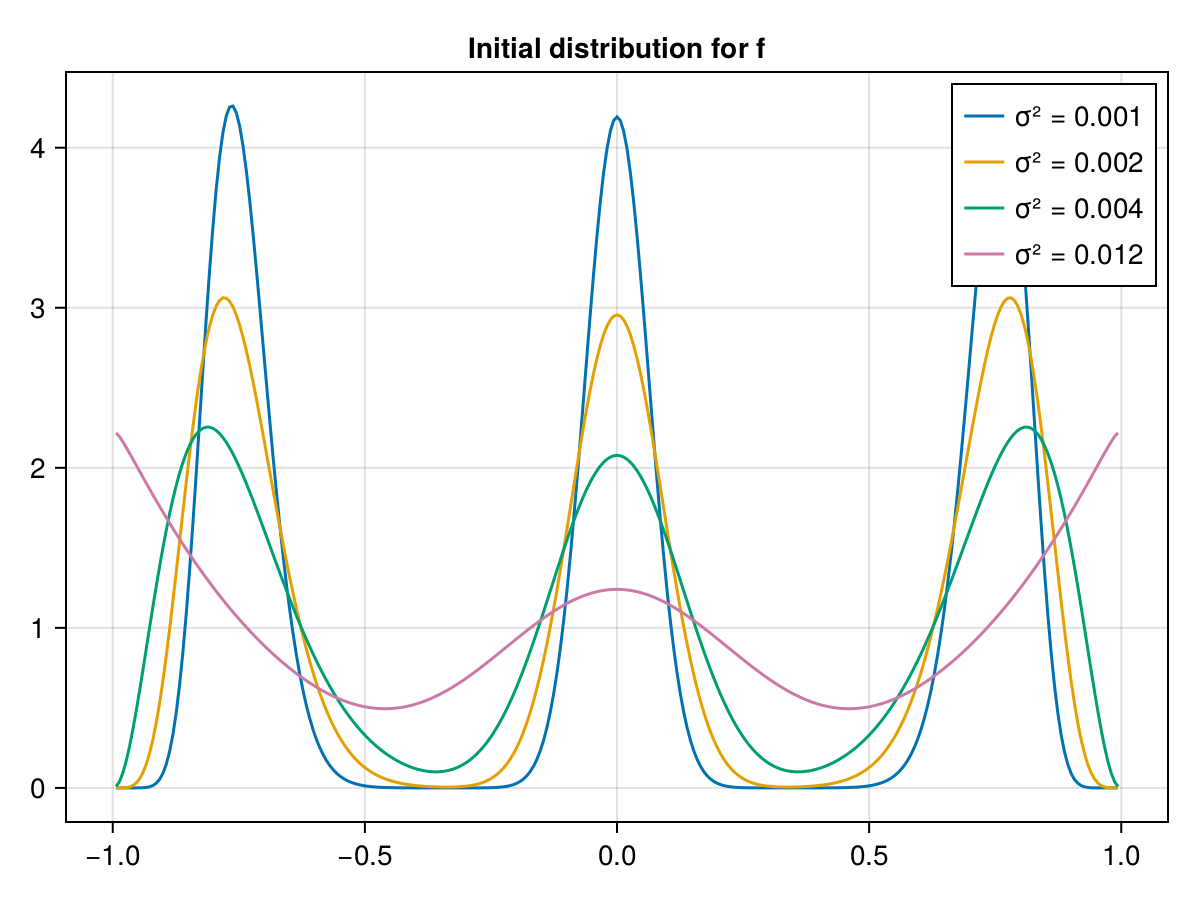3.9 KiB
| layout | lang | subtitle | math |
|---|---|---|---|
| default | en | FJMT.2024 / 23 April 2024 | true |
Lancichinetti-Fortunato-Radicchi (N_mfl = 301)
{% assign sigma_array = "0.001, 0.002, 0.004, 0.012" | split: ", " %} {% assign mu_array = "0.001, 0.005, 0.01, 0.05, 0.20833333333333334, 0.36666666666666664, 0.525, 0.6833333333333333, 0.8416666666666667, 1.0" | split: ", " %} {% assign prefix = "/s/numerics/FJMT.2024/plots_23_04_2024/results/LFR_separated/N_micro=1000,N_mfl=301" %} {% assign prefix = "https://gaspard.janko.fr/s/numerics/FJMT.2024/plots_23_04_2024/results/LFR_separated/N_micro=1000,N_mfl=301" %}
This page shows the differences in the dynamics between the microscopic and the kinetic (meanfield) model for Lancichinetti-Fortunato-Radicchi (LFR) type graphs, depending on two parameters:
\sigma^2, which is the variance of the\betadistributions making up the initial distributionf,\mu, the so-called mixing parameter for the construction of the LFR graphs.
{% for sigma in sigma_array %}
$β$ distribution with $σ² = {{sigma}}$
Movies (ensemble averages)
|----------| | R1 {% for mu in mu_array -%} | [μ={{ mu | round: 4 }}]({{ prefix }}/σ²={{ sigma }}/μ={{ mu }}/movie_without_g.mp4){% if forloop.last -%} | {% endif -%} {% endfor %}
Graphs
|----------| {% for run in (1..5) -%} | R{{ run }} {% for mu in mu_array -%} | [μ={{ mu | round: 4 }}]({{ prefix }}/σ²={{ sigma }}/μ={{ mu }}/micro-{{ run }}/graph_LFR.png){% if forloop.last -%} | {% endif -%} {% endfor %} {% endfor %}
Dynamics
Convergence rates are computed over the time span marked in blue in the first plot.
Parameters:
\mu: LFR mixing parameterT^*: time to consensus =-1/\log(\vert\lambda_2\vert) \cdot \delta t, where\lambda_2is the second largest eigenvalue of the transition matrix for the associated time discrete model. See here.- assortativity
- clustering coeff.
{:.manual_center_1500}
Graph properties
{:.manual_center_1500}g(t=0), 1 row per run, p increasing →
 {:.manual_center_1500}
{:.manual_center_1500}
{% endfor %}
